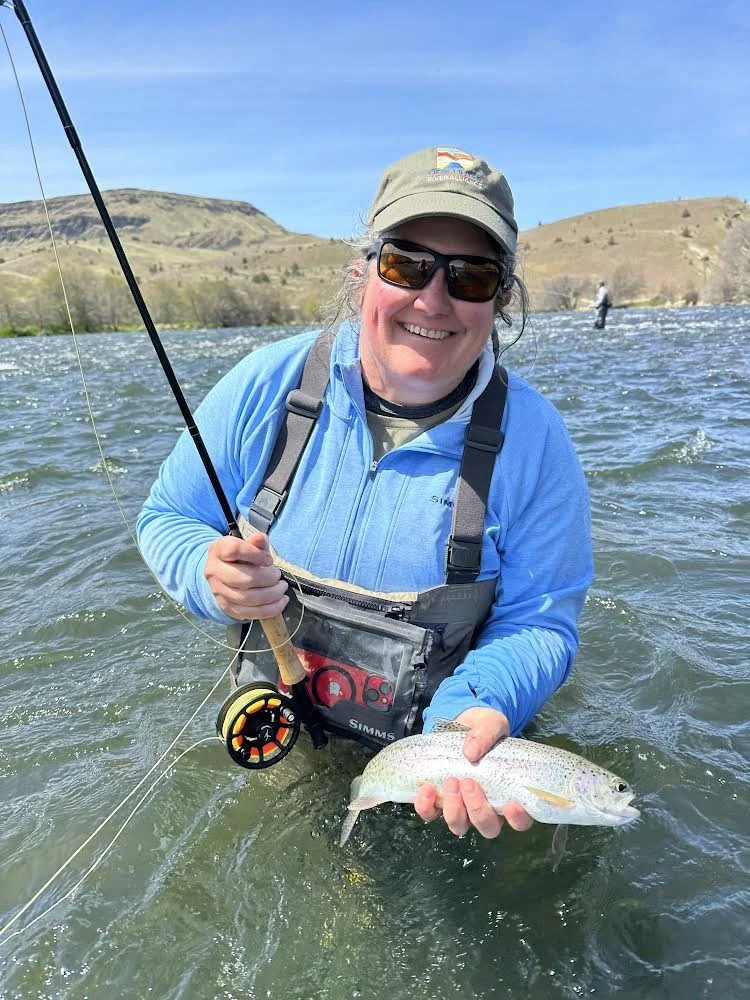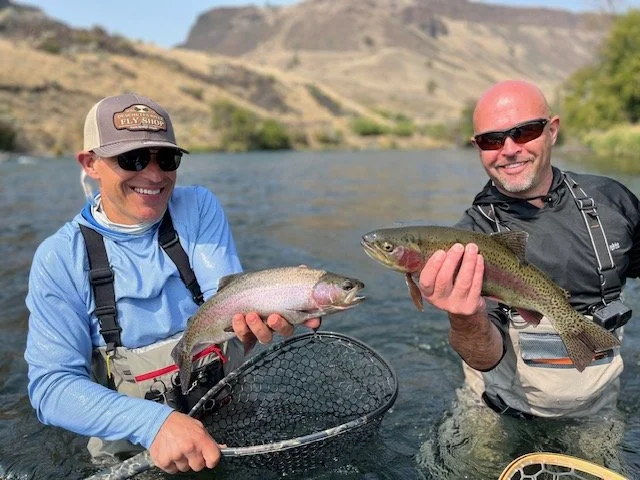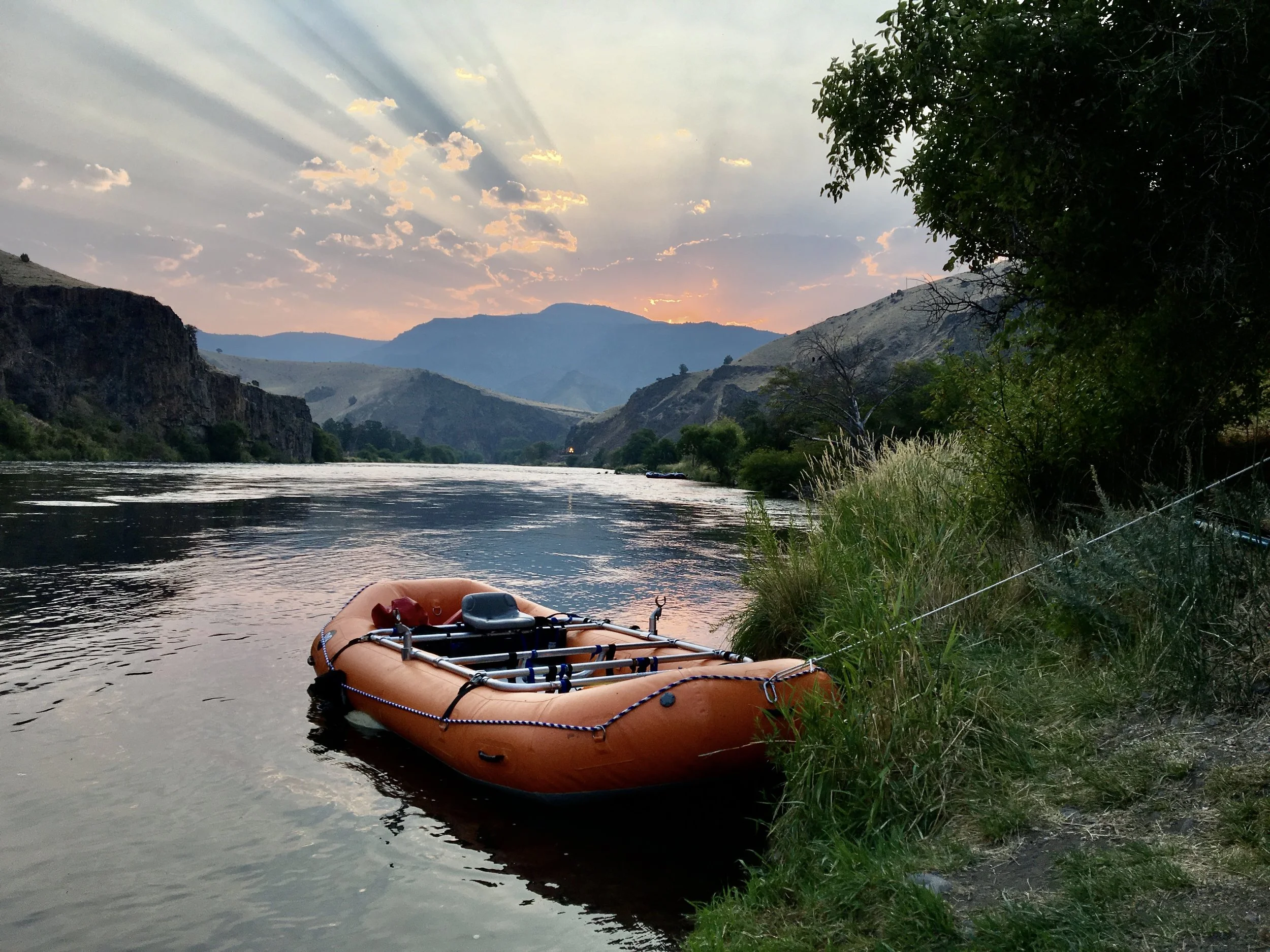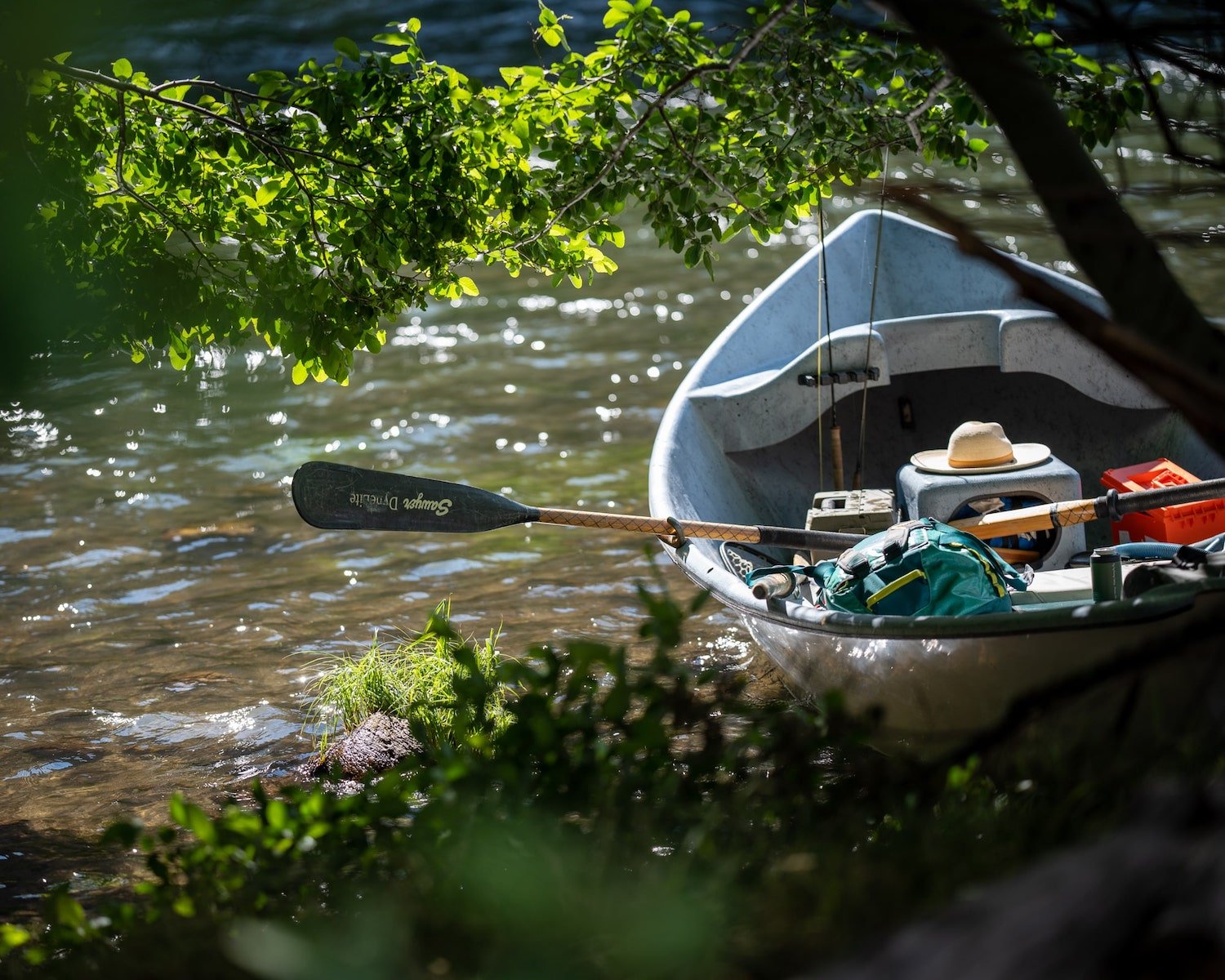Bending the Rules Part II: Chipping Away at Protection for Water, Fish and Wildlife
The higher water quality standards spelled out in PGE’s 401 Certification were undone by a series of “interim agreements” signed from 2011 to 2019. The interim continues: the lower standard is what PGE is currently held in its 401.
Wading Through the Acronyms and Alphanumeric Terms
Last week on this blog, DRA Water Quality Coordinator Hannah Camel wrote about the history of Portland General Electric’s campaign to skirt requirements spelled out in the company’s 401 Certification to operate the Pelton-Round Butte Project. (Recall that a 401 is a list of water quality standards, as well as the plan, known as a water quality monitoring and management plan, WQMMP to meet those standards.) The EPA requires dam owners and operators to hold a 401 Certification in order to license a hydroelectric project.
This week, we’ll dig into the current status of the 401–and more importantly, the work the DRA is doing to return to the original requirements written into PGE’s federal license to operate its dams on the lower Deschutes.
The language around 401 Certification isn’t exactly a scintillating read. But this wonky world of acronyms and alphanumeric terms, as tedious as it can be to wade through, tells a story about the lower Deschutes: when it became clear that the Selective Water Withdrawal Tower did not work as promised, PGE proposed lowering the bar on water quality benchmarks. ODEQ accepted and accommodated these proposals. What began as “interim” agreements to lower requirements has become status quo, and the health of the river pays the price.
To begin to understand the status of the current 401, it’s worth revisiting from last week’s blog the several instances over the past 15 years when PGE requested a break from the water quality benchmarks written into its 401 that are supposed to keep the Deschutes healthy.
In the Interim
2011 Interim Agreement
The 2011 Interim Agreement was adopted after Oregon DEQ raised concerns that the Pelton Round Butte Project was failing to meet water-quality standards, including dissolved oxygen monitoring requirements. In response, DEQ and PGE agreed that in 2011 the project would implement a new operational approach called “Blend 17”, which shifted how surface and bottom water were mixed at the Selective Water Withdrawal tower. Blend 17 prioritized surface water most of the year.
2012 Interim Agreement
The 2012 Interim Agreement adjusted water quality requirements by allowing discharge temperatures to exceed the Natural Thermal Potential by up to 0.5°C for three days during sudden cooling events, and by relaxing dissolved oxygen standards in summer months from 11.0 mg/L to 8.0 mg/L.
2013 Interim Agreement
The 2013 Interim Agreement further revised downward water quality requirements by relaxing the temperature standard for water released from the project, requiring PGE to begin blending operations when the discharge temperature approached 12.0° C, rather than 10.0° C as required in the WQMMP. It also lowered the dissolved oxygen requirement from 11.0 mg/L to 9.0 mg/L year-round, even though the agreement itself acknowledged there wasn’t enough data to justify the change.
“Addendum” to 2013 Interim Agreement
The 2013 Addendum did not modify temperature rules in the original 2013 agreement, but it did significantly weaken dissolved oxygen standards for summer months. The addendum replaced the 9.0 mg/L requirement with a 30-day mean minimum of 8.0 mg/L, a 7-day minimum mean of 6.5 mg/L, and an absolute minimum of 6.0 mg/L. These changes came after PGE was unable to meet even the lowered 2013 standards.
2014 Interim Agreement
The 2014 Interim Agreement maintained the weakened dissolved oxygen standards from the 2013 Addendum and left temperature requirements unchanged from 2013. The ineffectiveness of “Blend 17” and differing views on spawning dates highlighted ongoing tensions over compliance and the potential need to modify the 401 Certification.
2015 Interim Agreement
The 2015 Interim Agreement raised the temperature at which blending operations begin to 13.0°C (up from 12.0°C in 2013)
2017 Interim Agreement
The 2017 Interim Agreement maintained the blending temperature (13.0°C) from the 2015 agreement, but allowed for short-term exceedances during cooling events. It also continued the lower dissolved oxygen standards for summer months originally put in place during the 2013 agreement. The agreement also outlined a process for reviewing and, if necessary, revising the WQMMP and 401 Certification to ensure ongoing compliance with applicable water-quality standards.
2019 Interim Agreement
The 2019 Interim Agreement maintained the blending temperature (13.0°C) and dissolved oxygen standards from the 2017 agreement. The agreement also established a timeline for reviewing and potentially revising the WQMMP in consultation with DEQ, the Warm Springs Water Control Board, and other stakeholders, following the release of a water quality study conducted by PGE. Six years later, a revised WQMMP has yet to be issued by DEQ and the lower water quality requirements continue to be applied, violating the requirements of the current 401 Certification.
The Upshot:
The interim agreements made certain that for eight months out of the year, warm, agriculturally polluted surface water from Lake Billy Chinook flows into the lower Deschutes. They also lowered requirements for temperature and dissolved oxygen. Each successive interim agreement reinforced the previous one, and extended the “interim” interval of time so that what might have been initially pitched as a temporary measure has in effect become the permanent rules of the 401 Certification.
The water quality requirements laid out in the 401 certification were not set arbitrarily: they were based on the best available science to protect aquatic life in the lower Deschutes River. Ergo, the changes to them are of vital importance to the lower Deschutes River. All the worse then, that the changes also were made without notifying or consulting the public, in possible violation of public notification rules.
A Way Forward
In effect, for the past 13 years, the interim agreements have allowed PGE to continue to operate without penalty while in violation of the original conditions of its federal license.
The DRA is working diligently to spoil this long-term strategy of delay, obfuscation, and lack of enforcement. With your help, last year, we gained the attention of Governor Kotek’s office. Her administration directed DEQ in a letter to “consider all possible options” in fixing the lower Deschutes River’s water quality troubles. The DRA has had two online meetings with DEQ to hear about their path forward. Here and in other forums, the DRA is pitching a three-year experiment which would put the maximum amount of cold, clean water from the depths of Lake Billy Chinook into the lower Deschutes for nine months out of the year, the exception being in spring when juvenile salmon and steelhead are (hopefully) being drawn to the collection facility adjacent the SWW in Lake Billy Chinook.
In the meantime, there’s no good reason to re-write the 401 Certification or the attendant WQMMP. The original contains the needed water quality requirements to return the lower Deschutes to good health. As such, there’s no solid rationale to spend time and money writing another one. All that’s needed is a state regulatory agency–DEQ– with the political will power to enforce existing law and policy.
Perhaps just as importantly, the DRA’s scrutiny over interim agreements will hopefully prevent these kinds of back room deals from taking place anymore. To be fair to DEQ, sometimes it takes not only institutional courage but the sunlight of public scrutiny to stand up to the pressure some corporations can put on regulatory agencies.
The DRA will continue to shine its light on PGE’s non-compliance with its federal license. The water quality standards written into the license are intended to protect the lower Deschutes River’s water, wildlife and fish. Let’s make certain that PGE’s actions match its stated intention, its commitment to the river and to the people who love it.
More From The Blog
Subscribe the the DRA Newsletter
The Deschutes River Alliance is your focused voice to protect the lower Deschutes River, its cold water flows and the fish and wildlife that are sustained by them. We send regular emails with important data and news about the lower Deschutes River. We will not sell your contact information to others.
How to Support the DRA
Everyone wants clean, healthy water in the Deschutes River. Oregonians cherish our clean and healthy waterways to provide drinking water, wildlife habitat and recreational activities. The lower Deschutes River is a federally designated Wild & Scenic River, and a national treasure. It must be protected for the environmental and economic health of Central Oregon. By working together we can return the lower Deschutes River to full health.














